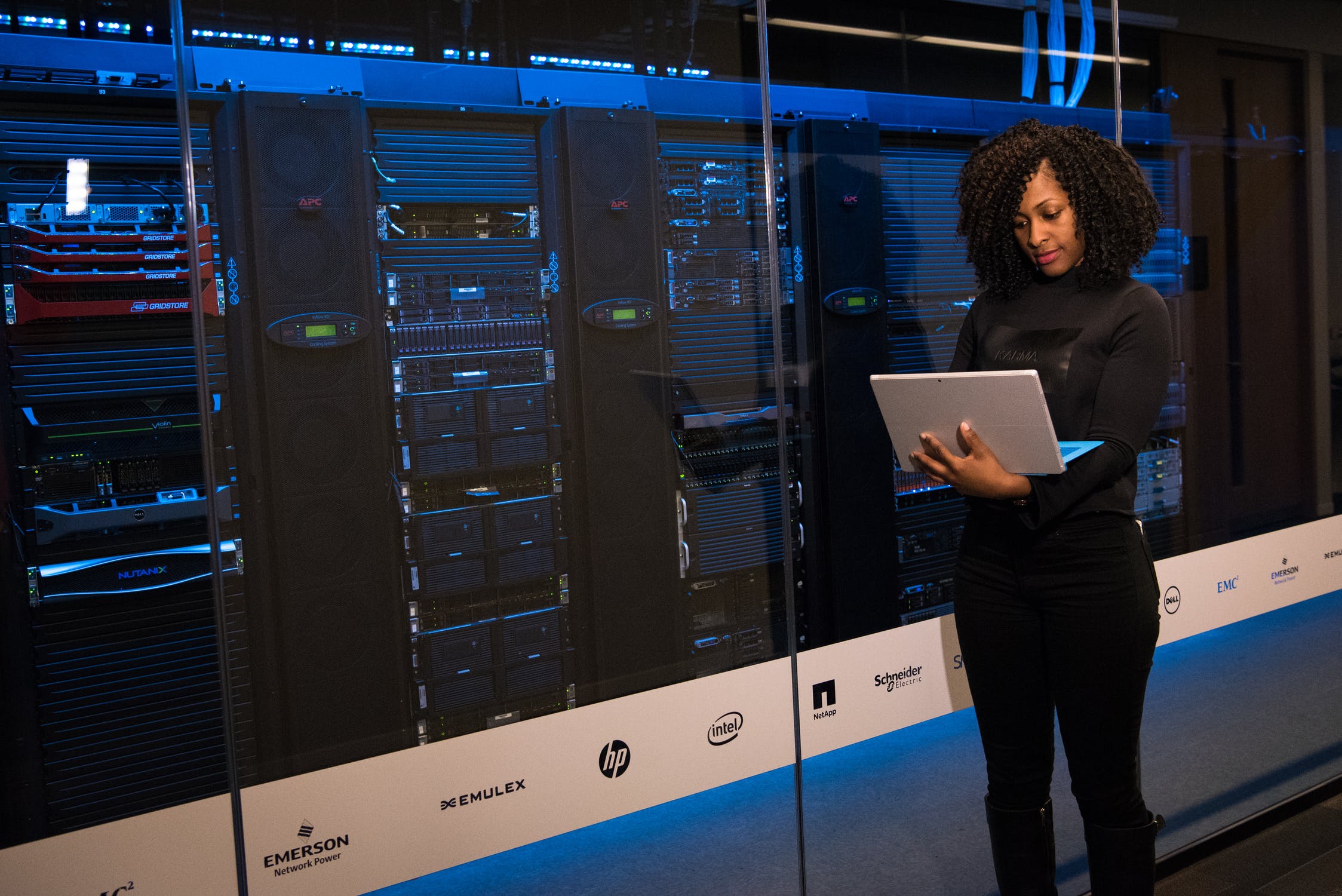Owing to the traditional system, small enterprises face huge challenges in the IT Department. Security issues, system updates, and employees forgetting their passwords are some of the common problems. With these, network, server, desktop, and storage issues affect business productivity. But thanks to managed IT services that provide virtualization and cloud computing. They offer a vast array of services to deal with the issue while sitting in one place. Resources like desktops, servers, operating systems, networks, and storage can be kept updated with the help of virtualization and cloud computing. This is one of the major factors that some companies do not lose their revenue during a pandemic when employees work from home.
Virtual machines are simple to manage and cost-effective ways for small businesses to manage and expand their resources. Let’s learn more about
Major categories of Virtualization
Virtualization software serves the business in many ways, including cost-effective, less downtime, and faster services.so, before implementing virtual machines in your office, you must be aware of different types of virtual machines that best fit your business needs.
Network Virtualization
Network virtualization is a way of combining available network resources in offices over multiple physical networks. IT managers, with the use of software networks between virtual machines, divide a network into segments. It helps in optimizing speed, reliability, flexibility, scalability, and security.
Network Virtualization works by combining the resources and splitting available bandwidth into channels. The best part is that every network connection is equally secured and the IT manager can control the devices from the centralized system. Therefore, it results in improved productivity, efficiency, and high job satisfaction.
Server Virtualization
Server Virtualization is the process of creating multiple servers from a host server. Each serves an isolated environment to run a separate operating system. To begin with server virtualization, you need to install an operating system with main hardware that directly links to the server. An IT manager can repair the software or hardware failures from a single server that results in less downtime.
Companies that aim for higher server ability, cheaper operating costs, reduce server complexity, and increased application performance rely on server virtualization. The IT department can control the usage of unauthorized resources on the main system.
Desktop Virtualization
Desktop virtualization is a technology that allows the user to access another system. Workstations using Virtualization for desktop face less downtime and security issues. The issues can be resolved on a real-time basis from one system to another. You can click https://setapp.com/how-to/how-to-use-virtual-machine-on-mac here to know more about how to use virtual machines on your Mac. An IT team can have complete access to another system without additional physical hardware.
For companies who are working on Bring Your Own Device (BYOD) policies, desktop virtual is a great asset for them to manage and secure their resources.
Storage Virtualization
Storage Virtualization is a cloud storage service that combines various physical storage devices’ data in one place or the main system. The pool creation of various data helps to make tasks easier for various vendors. With storage virtualization, you do not need to look for additional storage devices as you can send data into packets from one system to another. So, there is no issue arising for data recovery, backup, moving, or important data handling.
Virtualization helps make many business tasks easy, all you need to do is look at your business requirements and choose the best virtual machine for your systems.

